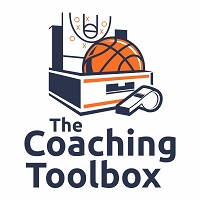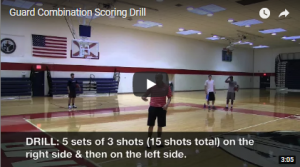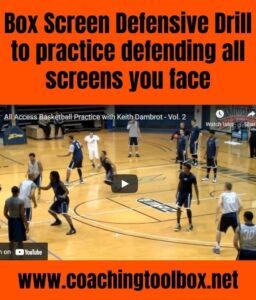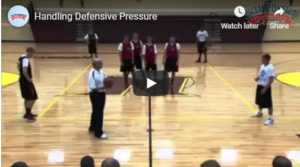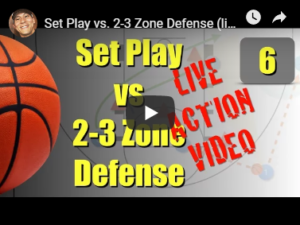Today’s video on recommitting daily to your core values is from PGC Basketball. I also posted a video from them last week that you can view by clicking on the link: Building a Strong Coaching Staff.
The videos are from their free program they started to serve coaches, and it’s called The Coaches Circle Journey.
Every week, coaches who are part of the circle get a new email with a new video. The video typically includes 2-3 minutes of coach talk about culture, lifestyle, and it’s incredible.
After the culture, lifestyle chat, there’s always a free drill video offered.
TJ Rosene, the coach who produced the videos, is one of the PGC directors, and he’s a championship-level college coach.
If you are interested in joining the Coaches Circle Journey, you can click this link for more information: The Coaches Circle Journey from PGC Basketball
Enjoy!
Recommit Daily
After Coach Rosene talks about recommitting daily and how you respond as a coach when frustrated, there is a great competitive shooting drill that forces players to move and shoot at a game pace called “Catch Up.” Players compete in two against another pair.
Again, if you would like to be a part of the Coaches Circle Journey, you can join for free at this link: The Coaches Circle Journey from PGC Basketball
